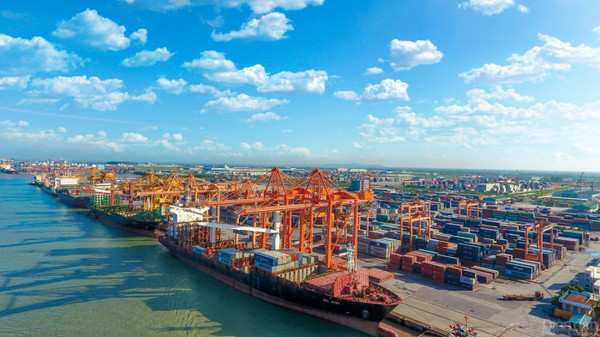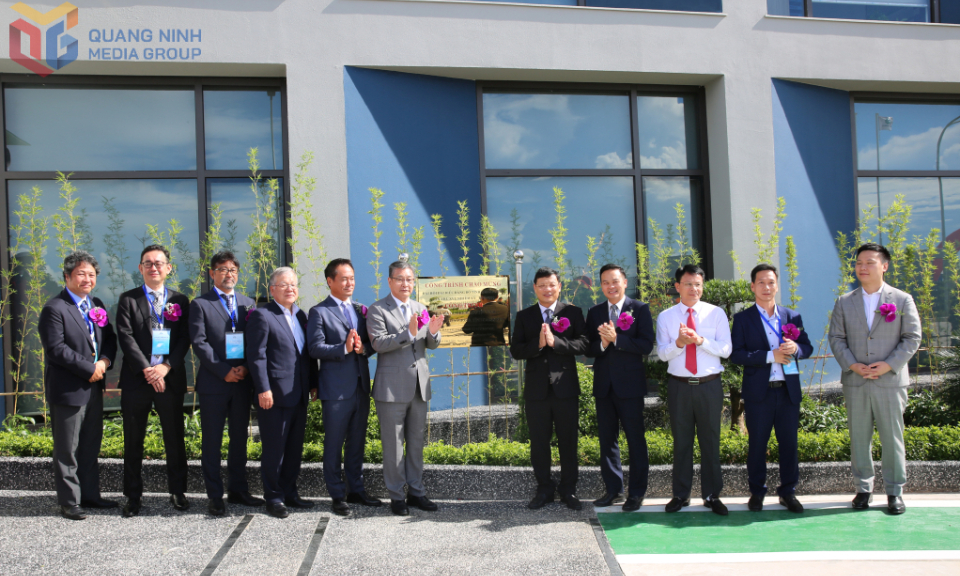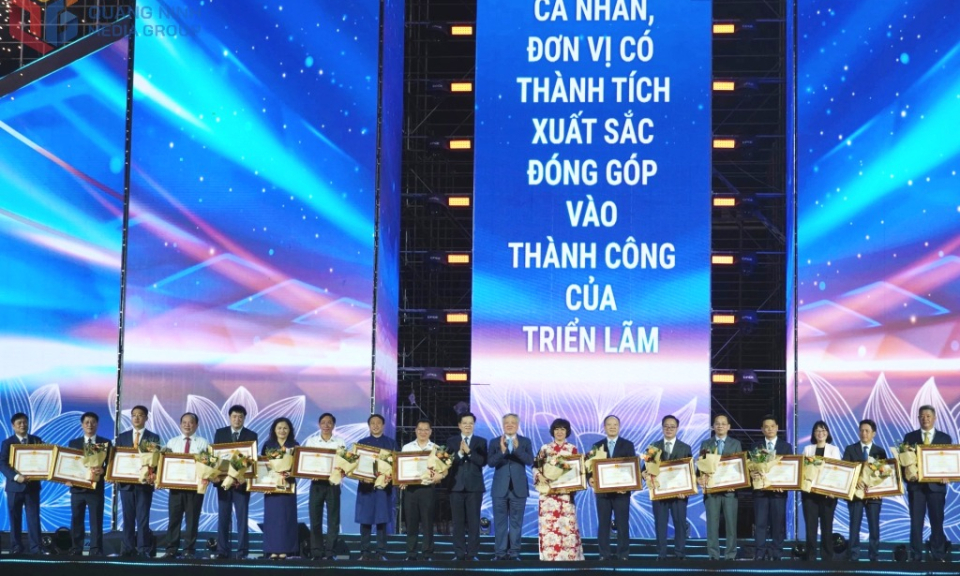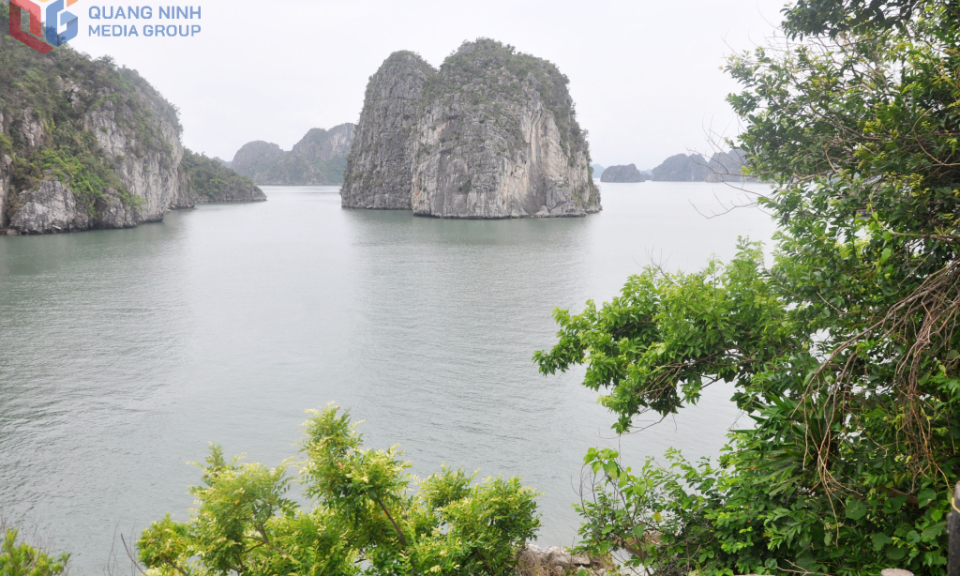Roadmap to develop green ports in Việt Nam
It is forecast that until 2050, GHG emissions in the industry will increase 50 per cent over 2018.
A roadmap for a green port system in Việt Nam is being put forward to reduce impacts on the environment as well as greenhouse gas (GHG) emissions and promote energy efficiency.
The Việt Nam Maritime Administration (VMA) cited statistics from the International Maritime Organisation (IMO) showing that GHG emissions of the maritime shipping industry increased by nearly 9.6 per cent between 2012 and 2018 (from 977 million tonnes to 1,076 million tonnes).
CO2 emissions alone climbed from 962 million to 1,056 million tonnes. It is forecast that by 2050, GHG emissions in the industry will increase 50 per cent over 2018.
According to information released at the International Transport Forum 2020, emissions from maritime shipping activities cost an additional 12 billion EUR a year in the 50 largest ports in the world. Approximately 230 million people have been directly exposed to emissions at 100 seaports around the world in terms of shipping emissions.
Acting Director of the VMA Nguyễn Đình Việt said that on the foundation of the Transport Ministry’s approval, the administration has issued a plan to develop green ports in Việt Nam.
Under the roadmap, a set of criteria for green ports has been set. From 2023, the green port model will be applied at some domestic ports.
In the 2023-2025 period, relevant regulations will be adjusted and supplemented to suit the criteria, Viet said, adding that national technical standards and criteria for “green ports” will be built and issued within 2025-2030.
Trần Thị Tú Anh, deputy head of the Science, Technology and Environment Office under the VMA, said that green ports in Việt Nam will be constructed according to six main criteria - green port perception; resources usage; environmental quality management; energy use; information technology application; and emission reduction and response to climate change and rising sea levels.






